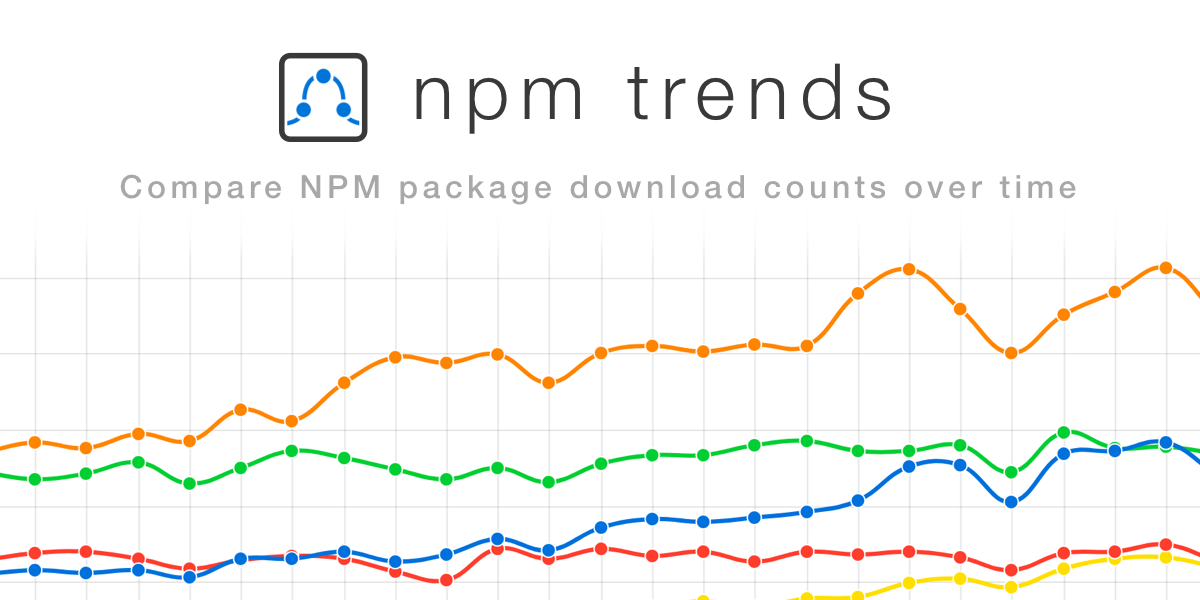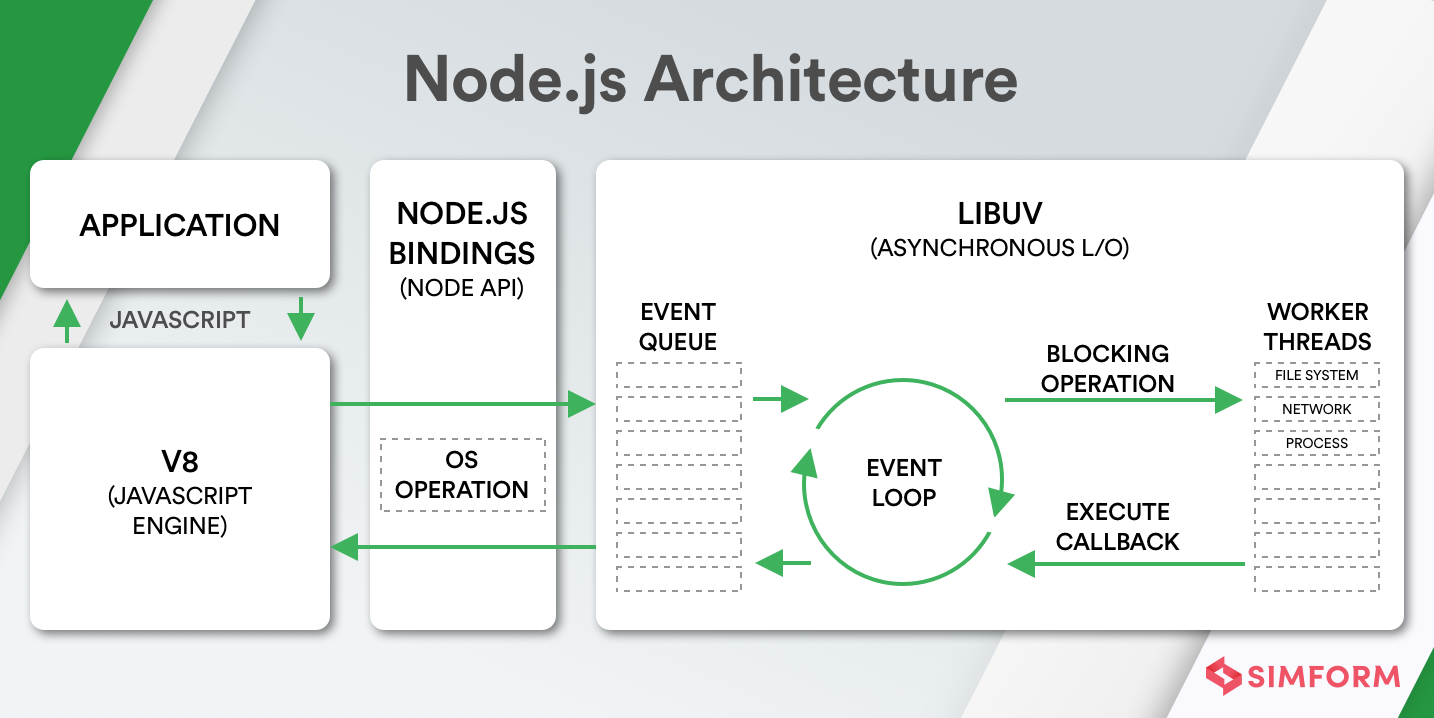
The Express team built Koa because they were sick of debugging callback hell at 3am. After years of maintaining Express, they realized that bolting async/await onto a callback-based architecture was like putting racing stripes on a minivan - it looks nice, but you're still driving a 1997 engine. TJ Holowaychuk got so fed up debugging Express callback hell he created the co library that became Koa's foundation.
The Context Object Will Confuse You At First
Instead of Express's req and res objects that you're constantly juggling, Koa gives you a single ctx object. This confused the shit out of me for the first week.
// Express: \"Which object has what I need again?\"
app.use((req, res, next) => {
const userId = req.params.id; // params on req
res.status(200); // status method on res
res.json({ user: userId }); // json method also on res
});
// Koa: Everything lives on ctx
app.use(async (ctx) => {
const userId = ctx.params.id; // params on ctx
ctx.status = 200; // status is a property
ctx.body = { user: userId }; // body gets serialized automatically
});
Once you stop fighting it, the context pattern actually makes sense. No more forgetting whether something is on req or res. The official docs explain the context object, though it's dry as hell and assumes you already understand middleware patterns and async flow.
Version 3.0 Actually Shipped (Finally)
Koa 3.0 finally shipped on April 28, 2024 after 8 years of development hell that made Duke Nukem Forever look punctual. Current version is 3.0.1. The good news is it requires Node.js v18+, so you can finally use all the modern JavaScript features without polyfills.
The bad news? Migration from 2.x is basically a rewrite. They changed how ctx.throw() works, removed the .redirect('back') method, and broke ENOENT handling. The release notes list all the breaking changes, but don't mention how long this shit actually takes. I budgeted 3 days for our API migration - took 2 weeks. The Node.js compatibility matrix shows why they made the jump, but your deployment pipeline might not be ready.
Upstream/Downstream Flow (The Mind-Bender)

Koa's middleware flows differently than Express. Think of it like a Russian doll - each middleware wraps around the next one:
app.use(async (ctx, next) => {
console.log('1 - start');
await next(); // call downstream
console.log('4 - end');
});
app.use(async (ctx, next) => {
console.log('2 - middle');
await next();
console.log('3 - back up');
});
This prints: 1, 2, 3, 4. It's powerful for response modification, but will break your brain if you're used to Express's linear flow. I debugged this flow for 6 hours thinking I was losing my mind before it finally clicked. The middleware composition docs explain this pattern, and this Stack Overflow answer breaks down the execution order, though you'll learn it better by debugging a production incident at 2am.
Real Usage Stats (Not Marketing BS)

Koa gets about 1.5 million weekly downloads on npm - decent but still dwarfed by Express's 30+ million. The GitHub repo has 35.6k stars, which sounds impressive until you realize Express has 65k.
Companies like Netflix, Alibaba, and Uber use Koa in production, but mostly for internal APIs and microservices where the async benefits actually matter. Express still dominates enterprise adoption according to the State of JS surveys. If you're building a basic CRUD app, Express is probably still the safer bet unless you enjoy explaining middleware flow to your team every Monday standup.
The Minimalist Problem

Koa ships with almost nothing built-in. Want routing? Install `@koa/router`. Body parsing? `koa-bodyparser`. CORS? `@koa/cors`. Static files? `koa-static`.
This "minimal core" philosophy sounds great until you realize you need to research and install 15 different middleware packages just to handle basic web app functionality. Express includes most of this shit by default in one package.
The framework itself is tiny (~200 lines of actual code), but by the time you add all the middleware you actually need, your node_modules folder isn't any smaller than Express. Bundle analyzers show this reality - minimal doesn't mean lightweight in practice. I've seen Koa projects with 47 dependencies doing the same job as an Express app with 23.
Now that you understand why Koa exists and what makes it different, let's dive into the practical reality of actually building something with it - including all the gotchas that will make you question your life choices.


